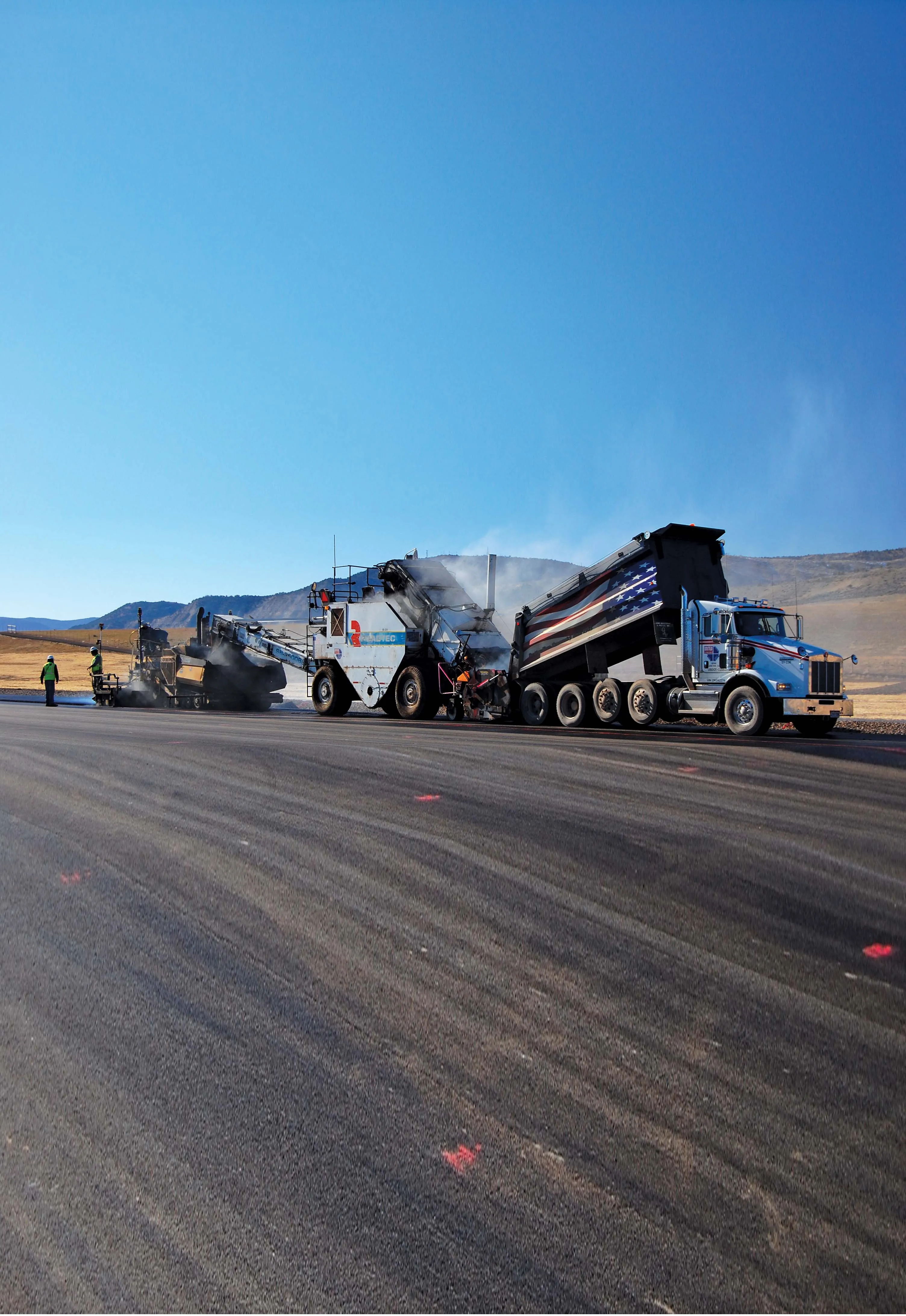NYCDoT is embedding sensors from three companies -Streetline,
NYDoT testing smart parking technology
Streetline has announced that New York City Department of Transportation (NYCDoT) is this week installing the company’s sensor-enabled smart parking system along Arthur Avenue in the Bronx, as part of a Parking Availability Technology pilot.
March 19, 2012
Read time: 1 min
RSS








